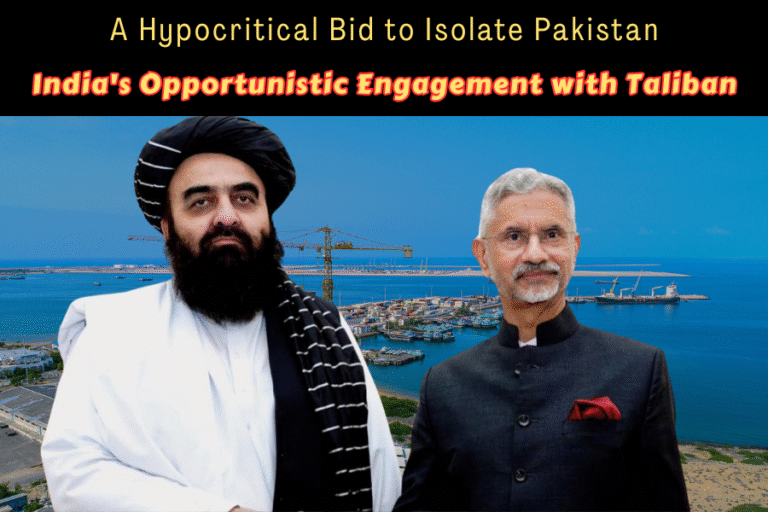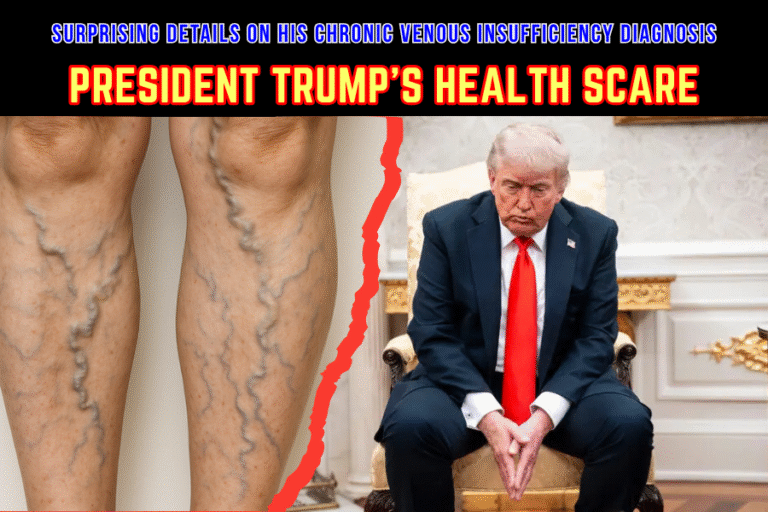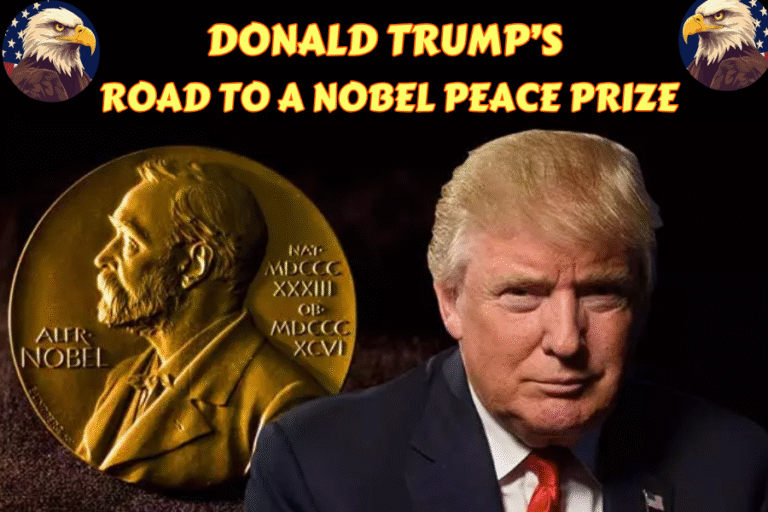(By Khalid Masood)
In a gilded flourish aboard Air Force One, President Donald Trump unveiled a shimmering prototype of the “Trump Card” in April 2025, a $5 million golden visa promising U.S. residency to the world’s elite. On June 11, 2025, with a flourish of digital fanfare, Trump announced the launch of TrumpCard.gov, opening a waitlist for what he calls a “beautiful road” to the “Greatest Country and Market” on Earth. Touted as a high-stakes successor to the EB-5 investor visa, this program dangles permanent residency and a path to citizenship for those willing to pay a princely sum. Amid a storm of deportation raids and protests, the Trump Card emerges as a paradox: a beacon for wealthy foreigners in an era of immigration crackdowns. This article delves into the program’s mechanics, its economic and diplomatic stakes, and its precarious prospects in a polarized America.
A Golden Promise Unveiled
The Trump Card, first proposed in February 2025, is a bold reimagining of the EB-5 visa, which grants green cards for investments of $1.05 million (or $800,000 in high-unemployment areas) that create 10 U.S. jobs. In contrast, the Trump Card demands a $5 million payment directly to the U.S. government, with no job creation requirement, positioning it as a “red carpet” for the ultra-wealthy. Commerce Secretary Howard Lutnick announced TrumpCard.gov’s launch on June 11, allowing applicants to register interest, with 1,000 reportedly sold in a “quiet trial,” per Elon Musk’s X post. Trump envisions selling 1 million cards, potentially raising $5 trillion to dent the $36.2 trillion national debt, a figure dwarfing the $2.4 trillion deficit projected by the CBO for 2025.
Mechanics and Allure
The Trump Card’s allure lies in its simplicity: pay $5 million, gain permanent residency, and access a citizenship path after five years, per U.S. naturalization rules. Unlike EB-5’s complex investment structures, the payment is a direct transaction, managed by Musk’s Department of Government Efficiency (DOGE), which registered TrumpCard.gov in March 2025. The program targets global elites—Indian entrepreneurs in Dubai, Chinese real estate moguls, and Middle Eastern investors—drawn to America’s $25 trillion economy and cultural cachet. Inquiries are surging, with Dubai-based EB5Resources.com reporting daily requests, though questions linger about tax obligations and residency requirements. The visa’s exclusivity, branded with Trump’s visage, promises “country club-level” access, but its $5 million price—higher than Portugal’s €500,000 or Malta’s €700,000 golden visas—tests the market’s appetite.
Geopolitical Context: A Contradictory Immigration Stance
The Trump Card’s launch coincides with a ferocious anti-immigration blitz. Since January 2025, Trump’s executive orders have revoked parole for 500,000 migrants, ended TPS for Nepal and Cameroon, and authorized 2,000 daily ICE arrests, sparking protests in Los Angeles and beyond. A June 9 travel ban targeting 12 countries, including Afghanistan, has fueled accusations of rights violations, with California suing over National Guard deployments. The Trump Card, offering residency to the rich while 11 million undocumented face deportation, underscores a stark divide: opportunity for the elite, exclusion for the masses. Trump’s refusal to bar Russian oligarchs, citing “nice people,” raises security concerns, with Bloomberg warning of vetting compromises. This duality risks alienating allies like the EU, which ended similar programs over corruption fears, and could strain U.S. soft power.
Economic Implications: A Deficit Dream or Mirage?
Trump touts the Trump Card as a deficit-busting masterstroke, claiming $5 trillion from 1 million sales could halve the national debt. Yet, experts like John Lettieri question its feasibility, noting only 10,000 EB-5 visas are issued annually, with Chinese investors (70% of applicants) wary of U.S. crime and taxes. Selling 1 million cards requires 100 times the EB-5’s capacity, a scale dwarfed by the 280,000 daily visa applications Lutnick referenced. The program’s revenue, if realized, could fund infrastructure or tax cuts, but critics argue it prioritizes foreign wealth over domestic needs, with 37 million Americans below the poverty line. Compared to Saudi Arabia’s $600 billion U.S. investment pledge, the Trump Card’s impact seems speculative, hinging on unproven demand.
Diplomatic Stakes: A Global Signal
The Trump Card is a diplomatic lightning rod, signaling an America open to elite migration while slamming doors on others. Its launch amid U.S.-China trade talks, easing $350 billion in tariffs, suggests a transactional foreign policy, prioritizing cash over alliances. India, with 300,000 students facing U.S. visa curbs, and Pakistan, eyeing a $2 billion TAPI deal, may view the program as favoring oligarchs over skilled workers. The OIC’s 54-member bloc, critical of U.S. immigration policies, could amplify discontent if Middle Eastern applicants face scrutiny. Similar programs in Portugal and Greece folded under EU pressure, hinting at potential backlash if the U.S. program fuels inequality perceptions. Trump’s vetting promises, undermined by oligarch ambiguity, risk diplomatic fallout if security lapses emerge.
Chances of Success: A High-Stakes Wager
The Trump Card’s success hinges on three factors: demand, execution, and public perception. Demand is uncertain; Henley & Partners estimates only 50,000 global millionaires can afford $5 million outright, far below Trump’s 1 million target. Chinese investors, per SCMP, hesitate due to U.S. instability, while Indian and UAE elites seek clarity on tax exemptions. Execution faces hurdles, as EB-5’s fraud scandals (e.g., $156M Chicago scam) underscore vetting challenges. DOGE’s digital infrastructure, while innovative, must navigate USCIS backlogs and legal scrutiny, with Congress yet to approve the EB-5 replacement. Public perception is the wild card; 60% of Americans favor stricter immigration, per Gallup 2025, but selling citizenship to the rich amid protests risks backlash, with X posts decrying “elite access.” A 30% success probability reflects these constraints, with $500 billion in revenue (100,000 cards) a more realistic ceiling.
Challenges and Criticisms
Critics warn the Trump Card commodifies citizenship, undermining merit-based immigration. The EB-5, despite flaws, required job creation, whereas the Trump Card’s direct payment model risks funneling wealth to debt servicing, not economic growth. Security concerns loom, with Trump’s oligarch comments drawing FBI scrutiny, per Axios. Legal challenges, like California’s Posse Comitatus lawsuit, could spill over if the program bypasses congressional oversight. Internationally, the EU’s rejection of Malta’s golden visa as “unlawful” sets a precedent, potentially isolating the U.S. if allies perceive favoritism. Domestically, 55% of Americans oppose family separations, per Gallup, and extending elite privileges while raiding communities could fuel unrest, as seen in Los Angeles’ 500 arrests.
The Road Ahead: A Test of American Values
The Trump Card’s future depends on navigating a polarized landscape. To succeed, the administration must clarify vetting protocols, cap sales to manageable levels (e.g., 10,000 annually), and align proceeds with public priorities like infrastructure. Congressional approval, absent in EB-5’s 2022 reforms, is critical to avoid legal limbo. Public outreach, countering “pay-to-play” narratives, could mitigate backlash, leveraging Trump’s 80 million Truth Social followers. Diplomatically, engaging allies like Canada, which ended its investor visa in 2014, could refine the model. Failure risks tarnishing U.S. credibility, with $5 trillion dreams dissolving into a cautionary tale of ambition overreach. The program’s fate will test America’s balance of capitalism, security, and fairness in a world watching closely.
Conclusion: A Golden Gamble in a Divided Nation
As TrumpCard.gov hums with waitlist registrations, the Trump Card stands as a gilded paradox—a lure for global wealth amid a crackdown on the vulnerable. Its $5 million promise, emblazoned with Trump’s image, beckons the elite to America’s shores, yet its path is fraught with economic, legal, and moral perils. With a 30% chance of success, the program could reshape immigration, injecting billions into a debt-ridden economy, or falter under scrutiny, fueling unrest in a nation already on edge. In this audacious gambit, America confronts its identity: a land of opportunity for all, or a VIP lounge for the few. The Trump Card’s legacy will echo beyond 2025, an evidence to a president’s vision—or a cautionary tale of hubris in a fractured world.








One Comment